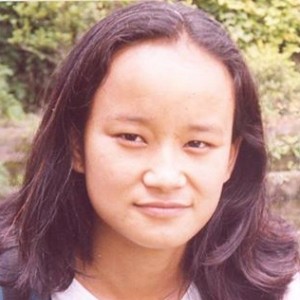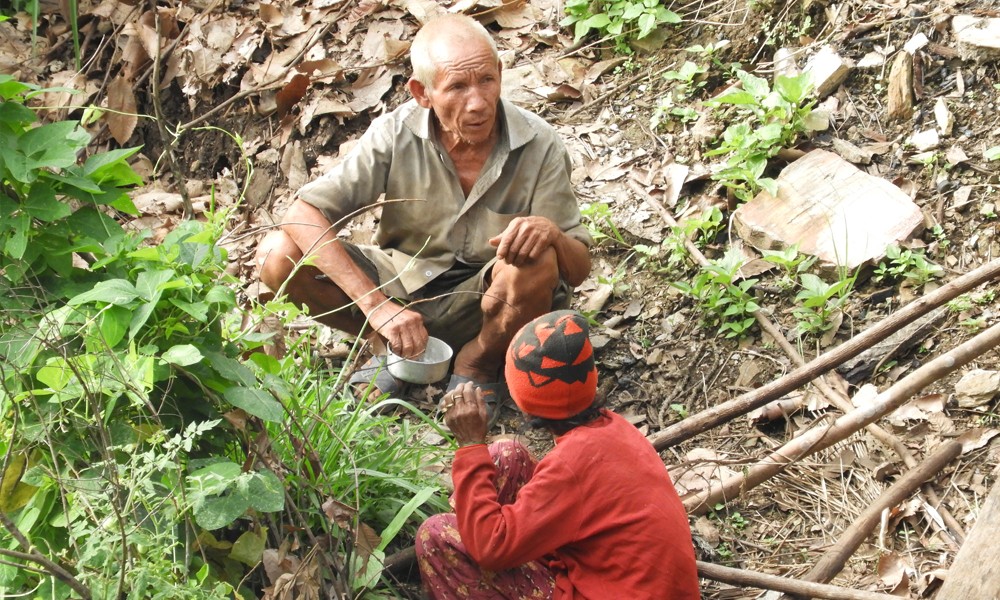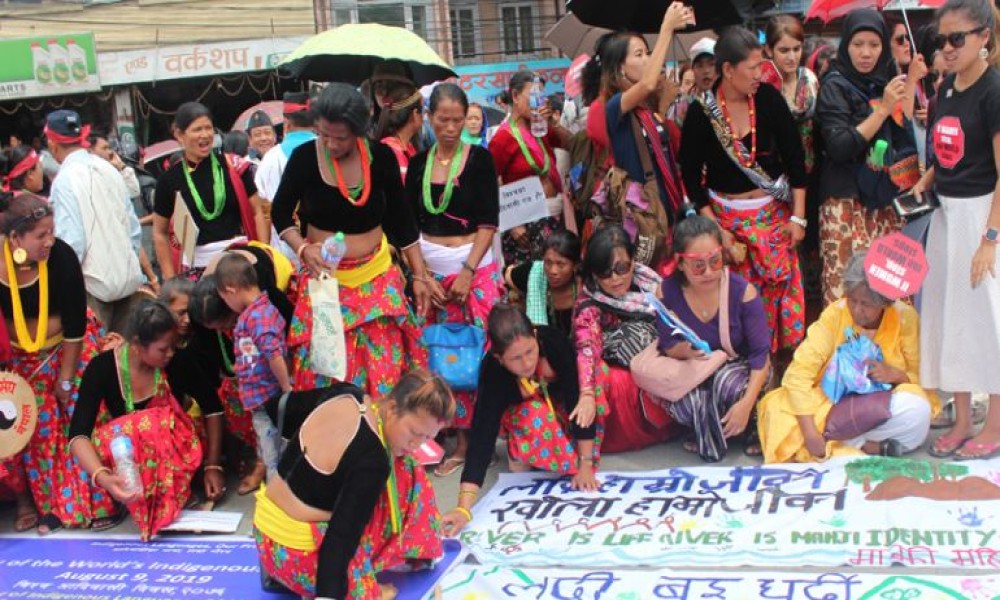When seven federal provinces were carved out of Nepal last year, indigenous communities were disappointed. None of them got a province that reflects their identity, history and culture. But there was a silver lining: the Constitution contained provisions to create special, autonomous and preserved zones while federating the country. However, there are fears that indigenous communities will be disappointed yet again.
The government is planning to declare village and municipal councils as autonomous, special and protected zones. "Although the Constitution does not say village and municipal councils will be declared as autonomous, special and protected zones, we will do it because if we declare other autonomous zones within villages and municipals we will face problems in terms of devolution of power," explained Balananda Poudel, President of a commission formed by the government to determine the number and size of local bodies within the federal setup.
Although the Constitution does not say village and municipal councils will be declared as autonomous, special and protected zones, we will do it because if we declare other autonomous zones within villages and municipals we will face problems in terms of devolution of power.
According to Poudel, new municipal or village councils that will be clusters of minority and marginalized communities will be protected zones. He said: "If an area is populated by a certain identity group that speaks same language and practices same culture, it will be declared as a protected zone."
In the Constitution 2015, three local government bodies – village, municipal and district councils – have been envisaged. These local bodies will function within federal provinces. But the Charter is silent about the basis to create local bodies. The government has set some guidelines requiring the Commission to consider geography and population to determine size of local administrative areas.
But the state has once again neglected identity as the basis to carve out local administrative units. Indigenous rights activist Parshuram Tamang says: "Existing local administrative units need to be dismantled, and new units must be created on the basis of identity. Otherwise, the problem that is plaguing the society will remain as it is."
We wanted a special local structure for Chepangs, autonomous units for Yakkha, Dhimal, Majhi and Sunuwar and protected zones for Rautes.
Tamang says if ethnic clusters are divided and scattered into multiple units, then restructuring of the state will mean nothing for Adivasi Janajati people.
Maoist leader Gopal Kiranti says it would be wise to adopt the concept that the first Constituent Assembly debate to create federal provinces and local autonomous units. "In the first assembly, we had in principle agreed to use identity as the basis not only to create federal provinces but also special, autonomous and protected zones," he said. "We wanted a special local structure for Chepangs, autonomous units for Yakkha, Dhimal, Majhi and Sunuwar and protected zones for Rautes."
Poudel says the concept discussed in the first assembly sounds good, but it would be difficult to implement due to lack of federal laws. "We can think about it only when we have federal laws in place," he said.








